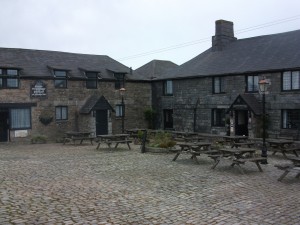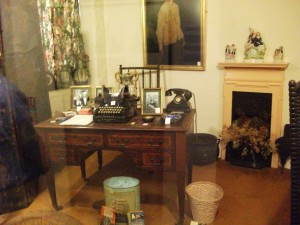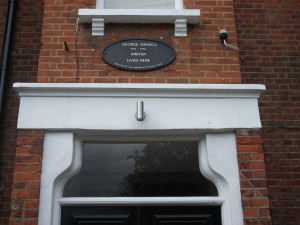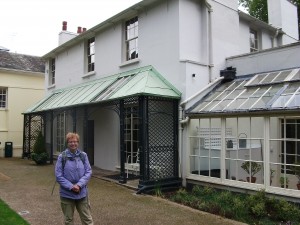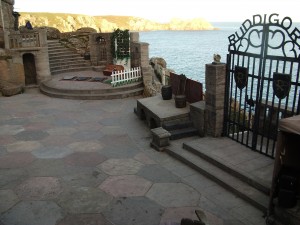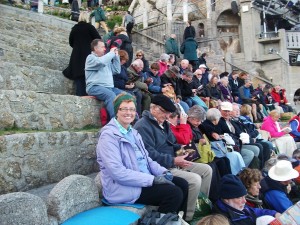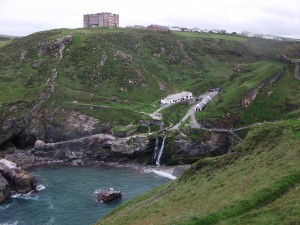In his famous play, William Shakespeare portrayed Britain’s King Richard lll as the ultimate villain. During Richard’s Machiavellian rise to power and short reign, he orders the murder of his older brother, two nephews and eight other people standing in his way. Even for Shakespeare, that’s a large body count.
Shakespeare’s portrait of Richard lll has persisted through the centuries, but is it accurate? Did Shakespeare villify Richard for his own, dubious reasons?
The Richard lll Museum in York, England, asks this question. It interests them because Richard was the last king of the House of York.
The museum’s setting is cool – a gatehouse in the Medieval walls that circle the city of York. The museum walls are lined with arguments for and against Richard. A dummy of the king sits on a mock court stand, on trial for the murder of his nephews. You listen to an audio recording of lawyers for the prosecution and denfense cross-examining Richard. At the end you’re invited to vote “yes” or “no” for Richard’s guilt. It’s fun, inexpensive and educational.
Under oath, Richard admits that he ordered the boys’ imprisonment in the Tower of London. Yes, he had motive to kill them. They were the rightful heirs to the throne and as long as they lived they could become a focus for Richard’s enemies to rally behind. And, yes Richard admits he had those nine other people killed and the boys have disappeared from the Tower. This doesn’t prove he had them killed. Someone might have done it without his knowledge. The leader doesn’t always know what his supporters are up to.
It’s possible, too, the boys died of natural causes – natural causes were common in those days and imprisonment was likely not good for their health. Richard and his supporters might have thought their enemies wouldn’t believe they weren’t responsible and whisked the bodies away. Or it was a conspiracy by Henry Tudor, who defeated Richard and established the Tudor royal line. Henry might have had the boys killed, knowing Richard would get the blame.
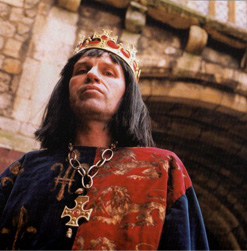
In the long term, Richard’s biggest enemy was Shakespeare. The bard described Richard as an ugly hunchback. There’s no evidence for this and, sadly, in Shakespeare’s day physical deformity was viewed as a sign of evil inside. Richard’s modern supporters claim Shakespeare portrayed Richard as a villain in order to suck up to his patron, Elizabeth l, a Tudor and granddaughter of Henry Vll, Richard’s conquerer. As victors always do, the Tudors re-wrote history to present the loser as evil and wrong. Shakespeare, a product of his times, believed the prevailing myth. In any event, Shakespeare wrote fiction, not history. Why let the facts stand in the way of a good and bloody story?
The Ricardians, as they call themselves, make a valid point. We shouldn’t view Shakespeare’s version as accurate history. And quite likely, to gain the crown, Henry Tudor did things every bit as nasty as Richard did, but managed to keep them hidden. Certainly his son, Henry Vlll, didn’t shy away from bloody beheadings. But that doesn’t mean Richard was innocent of the boys’ murders. To remain secure in his power, he’d have to get rid of his nephews, just as the Bolsheviks killed the entire Russian royal family so that there could be no going back. I voted “yes” for Richard’s guilt. Sorry, York.
If you think Shakespeare, not Richard, was the real villain, you can join The Richard lll Foundation and help rehablitate Richard’s name. Will the recent discovery of bones believed to be Richard’s – with a Canadian connection – resolve the question?
